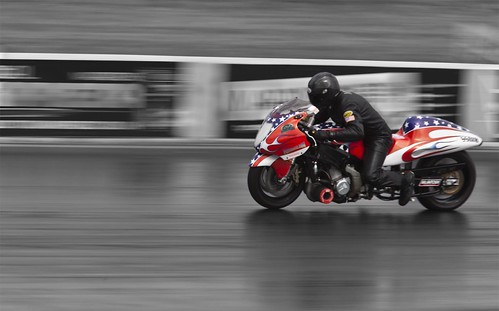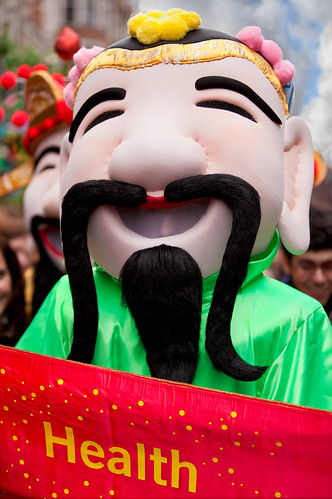Buy the right screw-on filter.
If you get it wrong it will not fit your lens. Not all of them are the same. You need to know with certainty you have the right one.
The importance of size
Lenses have different diameters. The end of the lens, where the filter screws onto the lens thread, is also of a different diameter. So here is how you know what size lens you want. If you look at the picture above you can see the lens is marked on the frame at the side. That mark is the filter thread size mark. It is accompanied by the filter size in millimetres. That is the size you need to quote to the dealer when you are asking for the filter size.
 Get Photokonnexion tips by email!
Get Photokonnexion tips by email!We send you tips daily – find out more…
Start email subscription now!
Sometimes the size is found on the side of the lens, but it is normally accompanied by the size mark… ” Φ “ . Some lenses don’t have the mark and size of the filter. In this case the lens manual/leaflet will provide the size for your lens. In the case where you no longer have a lens manual/leaflet you should be able to look the lens specification up on the lens manufacturers website.
Filter adapters
Filters can be very expensive to buy. If you have several different lens sizes it is cheaper to buy a lens adapter for your lenses to fit the filter. So look at the filter manufacturers website to get the details on the filter adapter sizes.
Photokonnexion Photographic Glossary – Definitions and articles.
A simple introduction to polarizing filters
Skylight and UV filters
Getting started with filters




